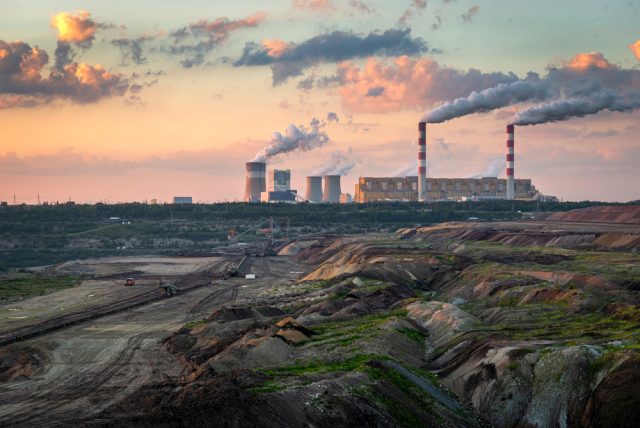
While countries in the European Union, such as Spain, have already set their nuclear phase-out or shutdown schedules, Poland has taken a significant step toward building its first nuclear power plant, a project that will mark a transformation in its energy landscape.
At the outset of its presidency of the EU Council, the Polish government approved funding of up to 60.2 billion zlotys (14.7 billion dollars) for the nuclear project, which still depends on the approval of the European Union (EU) to proceed. This project is a key component of the country’s strategy to diversify its energy mix, reduce its dependence on coal and foreign materials, and ensure a stable energy supply for the future.
The nuclear plant, which is projected to have a capacity of 3.75 gigawatts, will be built on the Baltic coast and is considered crucial for Poland’s energy future. The Polish government has approved a bill that will allow the capital of PEJ Sp. z oo, the state-owned company responsible for constructing and operating the plant, to be increased. This measure will enable the government to transfer bonds or cash to PEJ according to the investment schedule.
This is just another step in the long process toward the plant’s construction. Although the government has greenlighted the funding, the project still depends on the European Commission’s authorization, which is currently evaluating Poland’s proposal for state aid to finance it. The state aid includes not only the capital injections mentioned above but also a contract for the energy price difference from the plant and state guarantees for PEJ’s debt. The European Commission, which regulates state aid within the EU, expressed doubts last month about whether the project aligns with EU state aid rules.
Wojciech Wrochna, the Polish government official in charge of infrastructure, explained that talks with the EU could take over a year. In the meantime, Poland is accelerating the process to avoid further delays. The goal is to sign a final agreement with Westinghouse Electric Co. and Bechtel Group Inc., two of the main contractors for the project, once EU approval is obtained.
The nuclear energy project has become one of Poland’s main bets to ensure its long-term energy supply. The country has historically relied on coal to generate electricity, but the older coal plants are nearing the end of their operational lives, and the Polish government aims to replace them with cleaner and more sustainable energy sources. Nuclear energy has been seen as one of the best options to ensure an effective energy transition, providing a constant, low-carbon energy source that can replace part of the generating capacity that will be lost with the closure of coal plants.
In this regard, it should be remembered that the European Parliament itself declared in 2022 during a parliamentary session that nuclear energy should be considered green energy, so opposition from the Commission to Poland’s decision does not seem to be among the options.
The Polish government’s goal is to complete the nuclear plant by 2036. By then, nuclear energy may have gained even more relevance worldwide, as the growing demand for constant energy supply driven by artificial intelligence and other technologies is prompting many countries to reconsider their stance on nuclear energy. Furthermore, on a global scale, the landscape is changing, and nuclear energy is once again being seen as a key solution to ensure a reliable and sustainable electricity supply.
However, the project is not without challenges. The European Commission has traditionally been cautious when it comes to state financial support for nuclear energy projects, which has created uncertainty about the viability of the aid Poland seeks to receive. The EU’s state aid rules are designed to ensure that subsidies do not distort competition within the internal European market, and the Commission is conducting an investigation to ensure that the financial support for Poland’s nuclear plant does not breach these rules.



 Subscribe
Subscribe